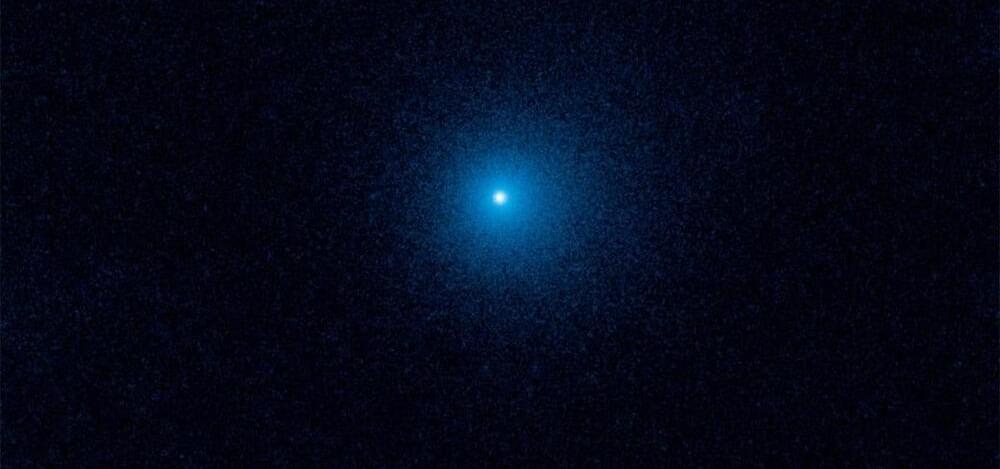Jun 29, 2022
NASA’s Curiosity Takes Inventory of Key Life Ingredient on Mars
Posted by Gemechu Taye in category: alien life
Holy cow!It may have been living in the shadow of its younger sibling Perseverance for the last few months, but NASA’s Curiosity rover has just provided evidence of a key ingredient for life on Mars.
Scientists using NASA’s Curiosity rover measured the total organic carbon – a key component in the molecules of life – in Martian rocks for the first time.


















